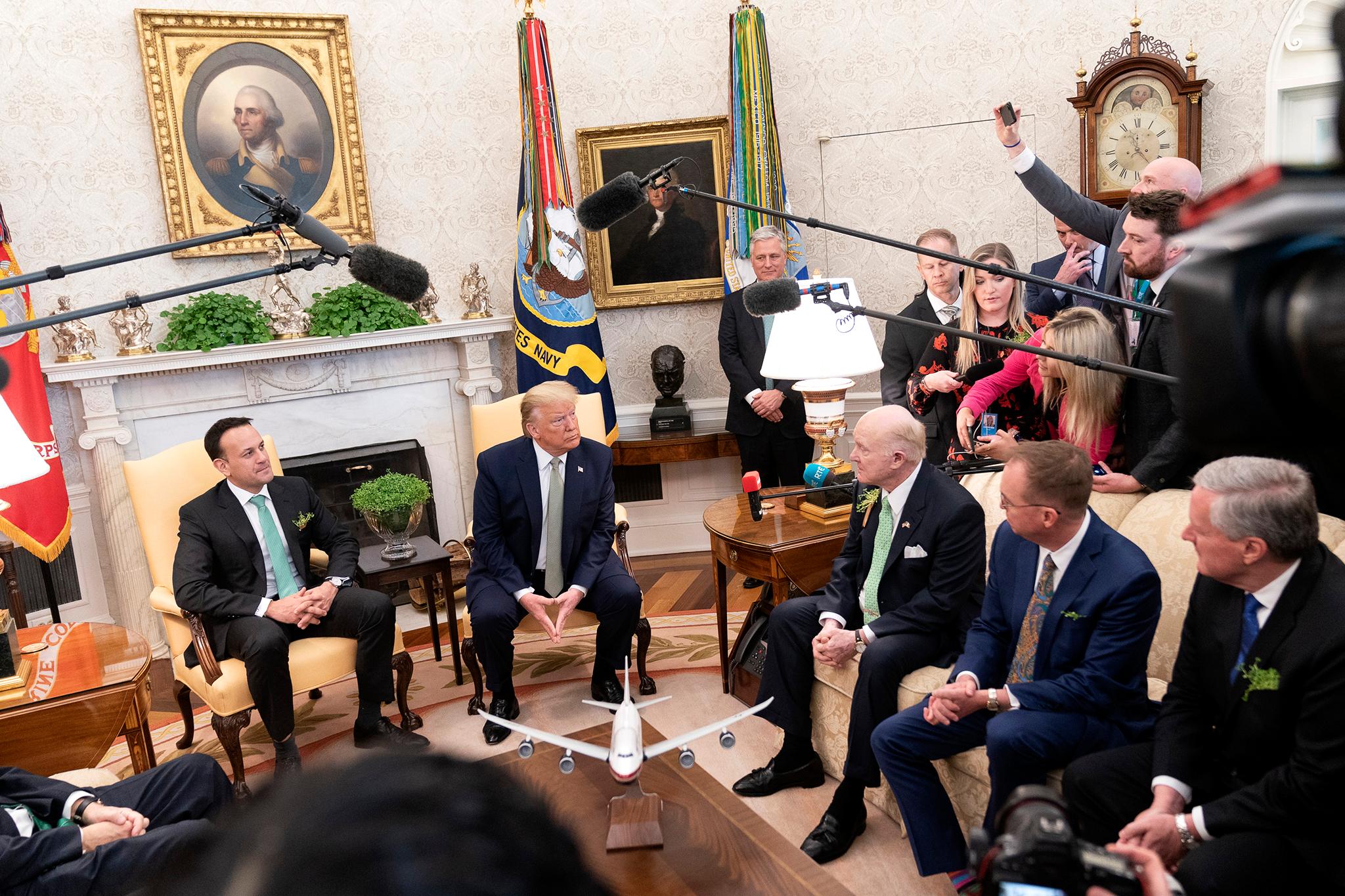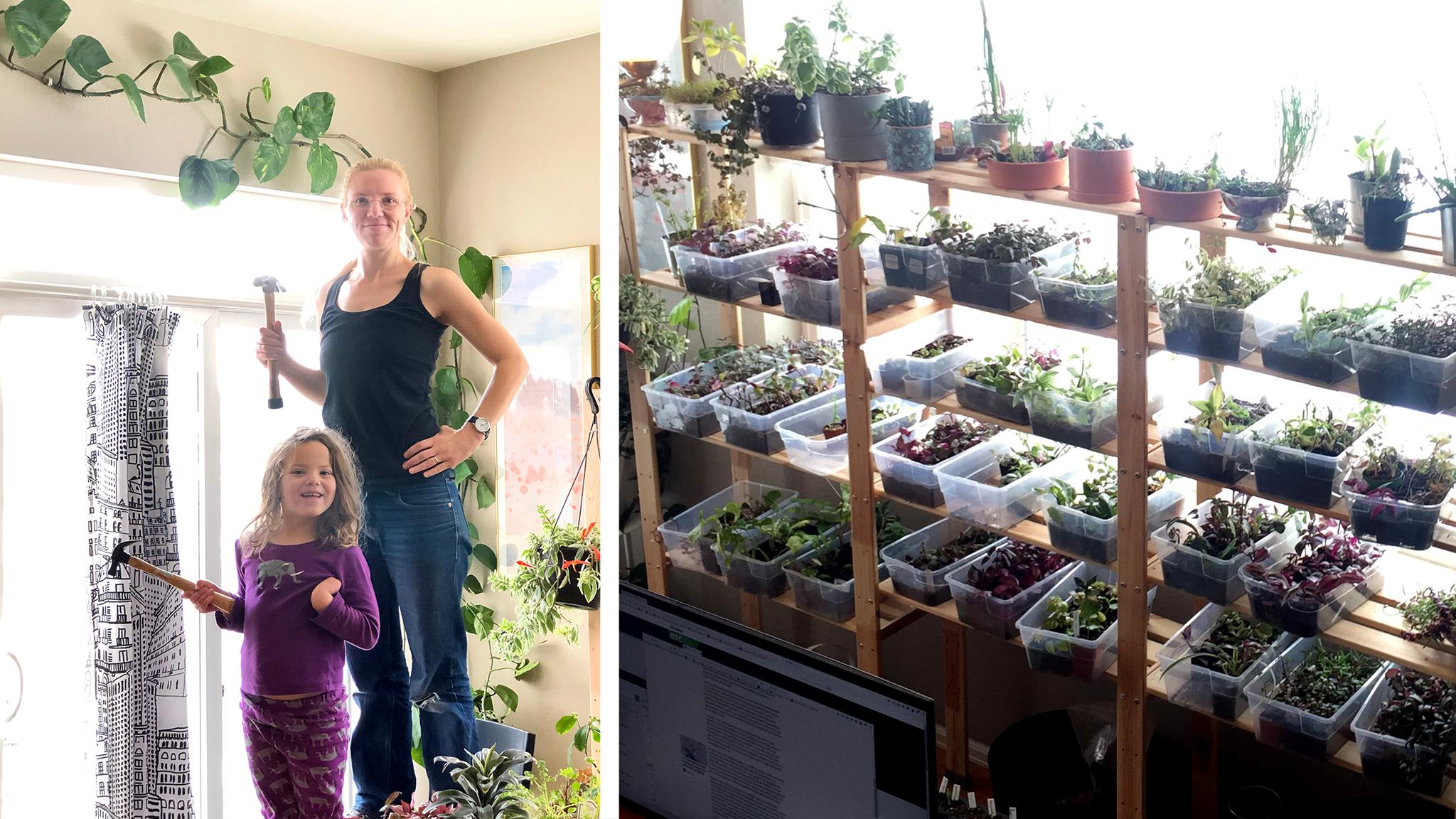There's a life form at the Oval Office that's outlasted staffers, presidents and political eras. It's Swedish ivy, a gift to John F. Kennedy in 1961 whose progeny still, as far as we can tell, sits on a mantle beneath a portrait of George Washington.
In 1983, Time magazine described it as one of the most powerful plants on the globe: "No other in history has been more photographed, more glimpsed in person by the world's high and mighty, more privy (if a plant can be privy) to the portentous intimacies of world politics."

The Ivy also has many children, and Christina Ingersoll of Longmont has one.
Ingersoll is a plant fanatic. She has nearly 1,000 individual specimens in her home, "well over 400 species." She even runs a side hustle selling rare cultivars to clients in Denver, the Front Range and across the nation. Her "cousin's sister" knew an aide in Barack Obama's White House who received a clipping of the ivy. Knowing about Ingersoll's obsession, her cousins sent it on to her.
While she has plants that are more beautiful and less common, Ingersoll said this fairly normal ivy is among the most treasured in her collection.
"It's funny, it's such a common houseplant," she said, "but it's (got) such a cool story."

Families have heirlooms, Ingersoll said, but they always end up in a box in an attic.
"Plants are alive. They grow, they change. And that also means you can pass them on," she told us. "It is so cool to have something that you can both keep and give away."
The story is usually transferred, too. It grows with the specimen, gaining years then splitting into multiple plot lines as pieces are cut and propagated and sent further into our human networks, our own roots and family trees.
It's one way we stay connected. And that's how Janet Philips used the Swedish ivy, too.

Philips was the White House photo archivist for almost 30 years. She was hired under the Reagan administration and technically served six presidents, though she retired two weeks after Donald Trump was inaugurated.
When Bill Clinton was in office, a colleague gave her a clipping of the famous plant. She had interns, and she wanted to give them something when it was time for them to move on. The ivy seemed just the thing; interns and aides have long been granted clippings, and she knew it would be special.
"They felt like they took a piece of the White House home with them," she said, and "it's kept those people connected to me."
The interns, friends and family who received her living gifts always handled them so carefully, she said. Though time has separated her from some, she still hears from a lot of the people who worked for her. Some still send her photos of the plant.
Philips said President Obama - or someone who worked for him - actually removed the Swedish ivy from his mantle while he worked there. Photos from the archive she presided over show that grape ivy was present behind the president as he met with foreign dignitaries, at least for part of his time in office. She thinks the groundskeeper kept the Kennedy-era plant in a greenhouse, and helped distribute clippings from there.

Recent photos from Trump's administration shows the Swedish variety is back beneath Washington's face. It's possible some of his staff have already taken some of it home. If they have, they've joined a growing club of Americans like Philips and Ingersoll who tend to their own pieces of history.
Ingersoll said she's passed cuttings from her plant to a lot of friends and family, too. Sometimes, she sends a little note explaining where it came from with a copy of the Time magazine article. Sometimes, she does not. As with families, sometimes plants need not broach politics: "Some people out in the greater Denver area do have this plant and don't know it!"
Have a plant with a story? Tell us about it!
Like stories about plants? Read them all!












